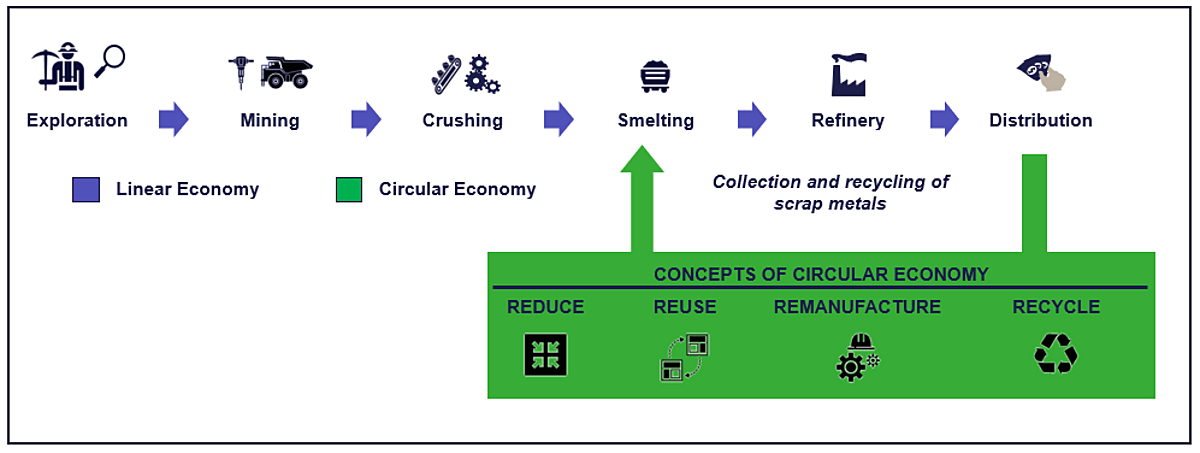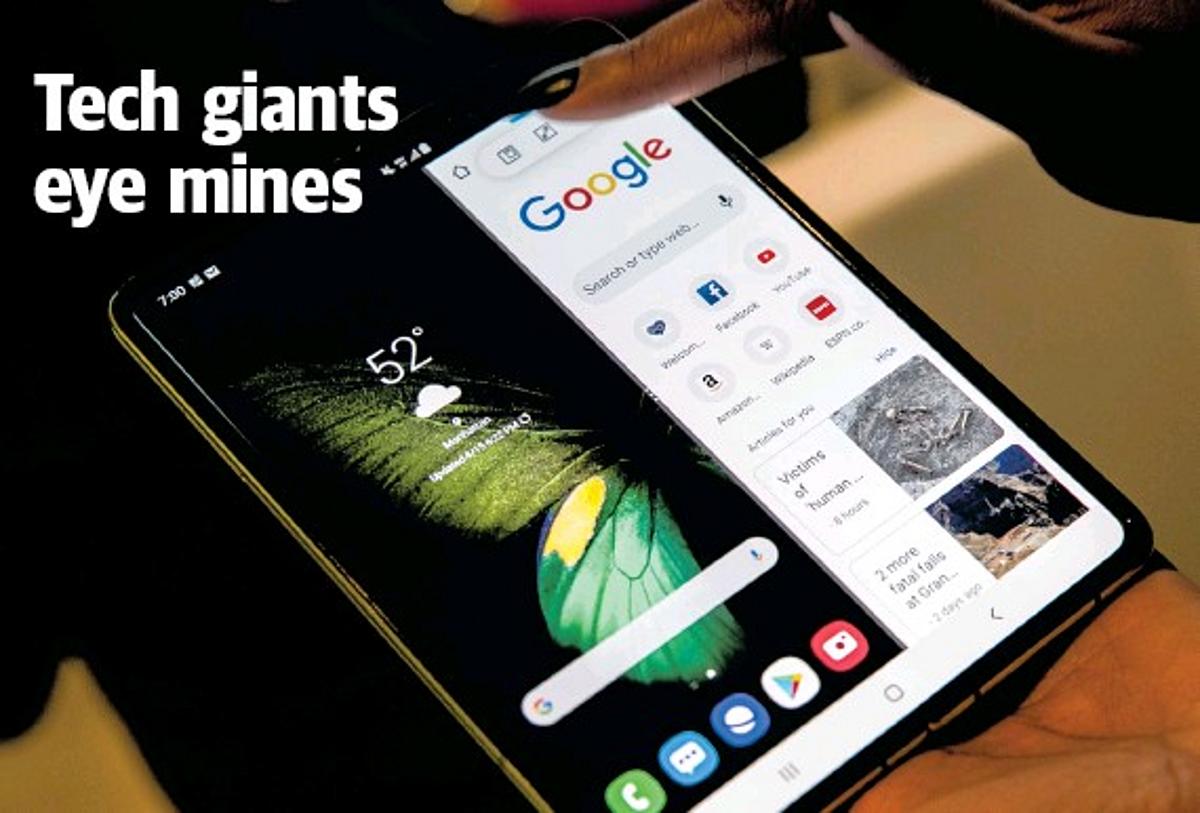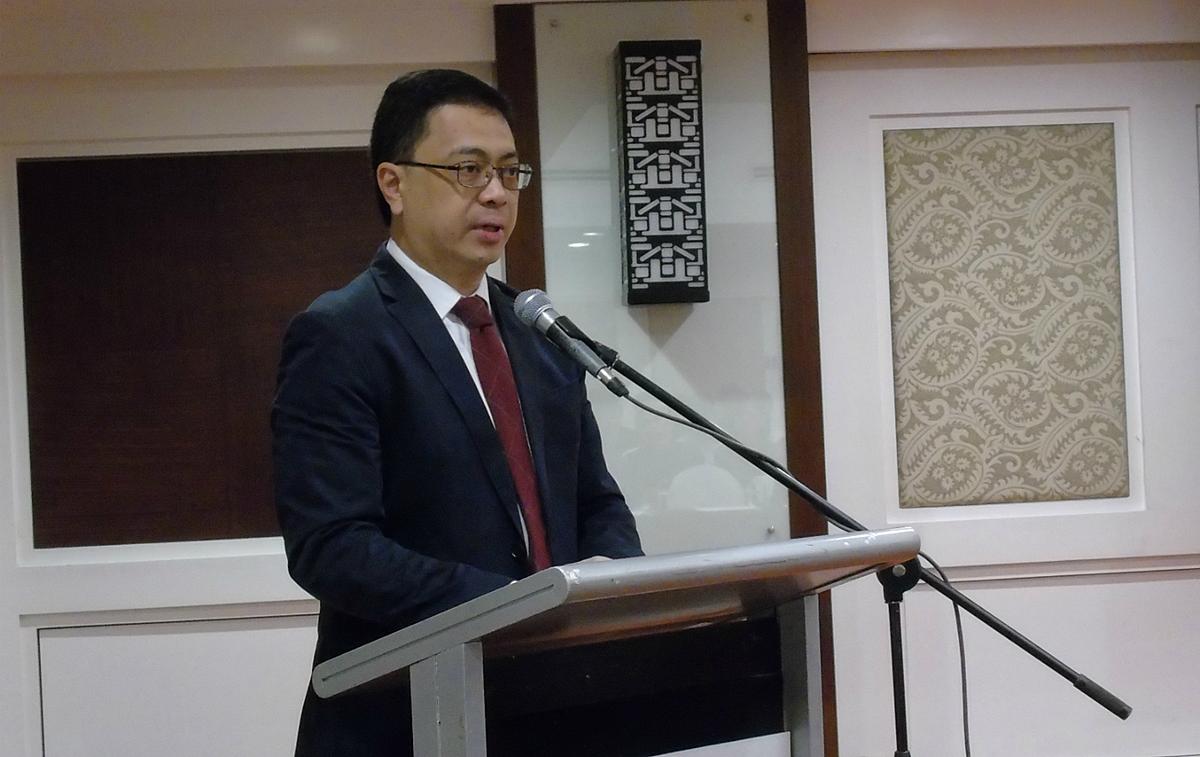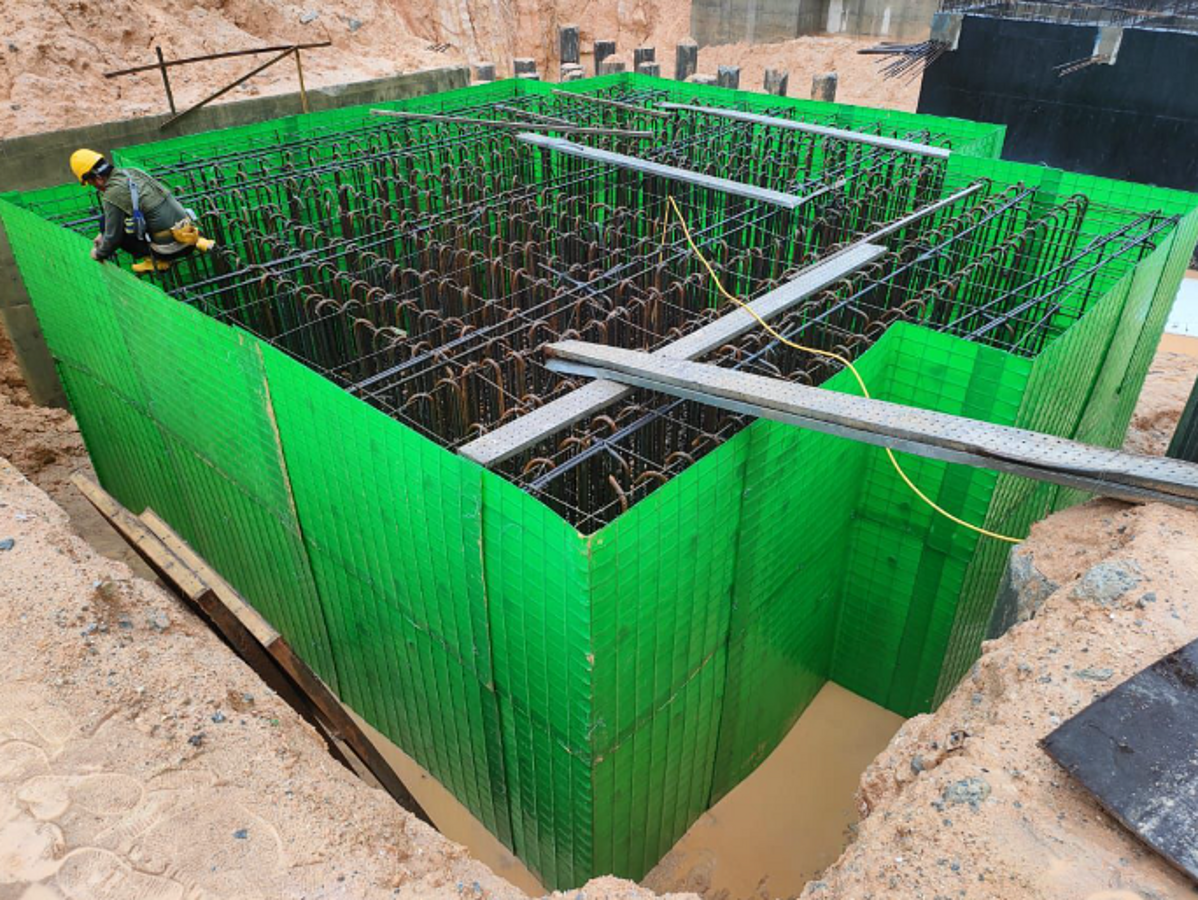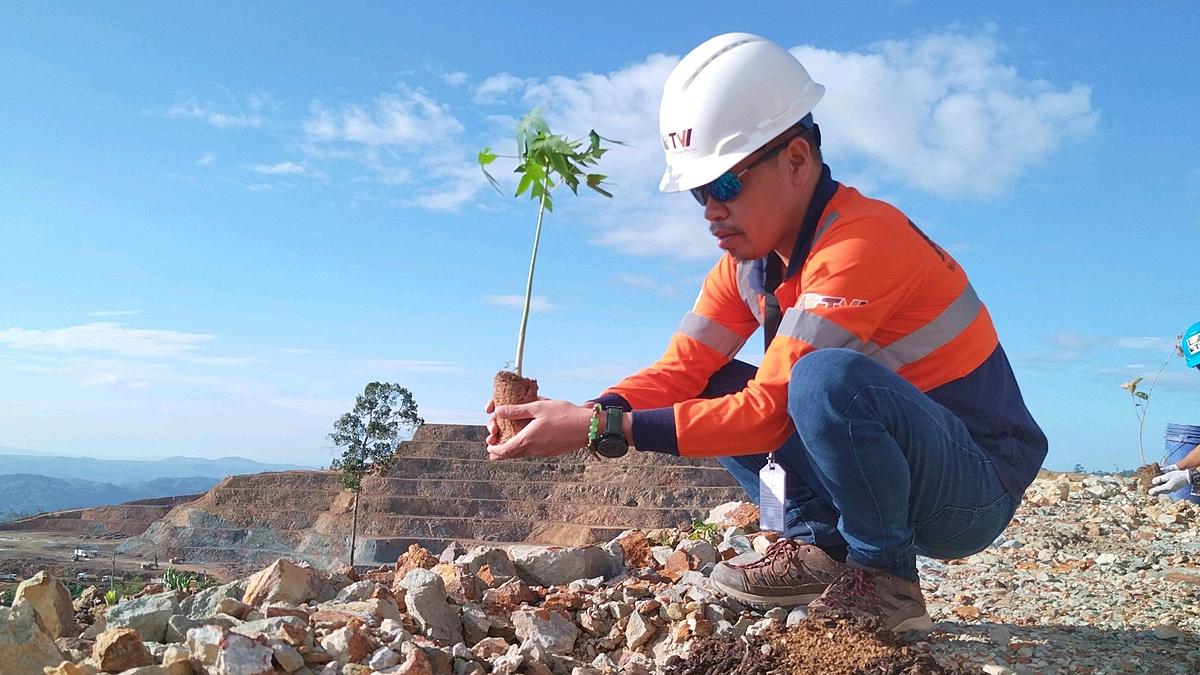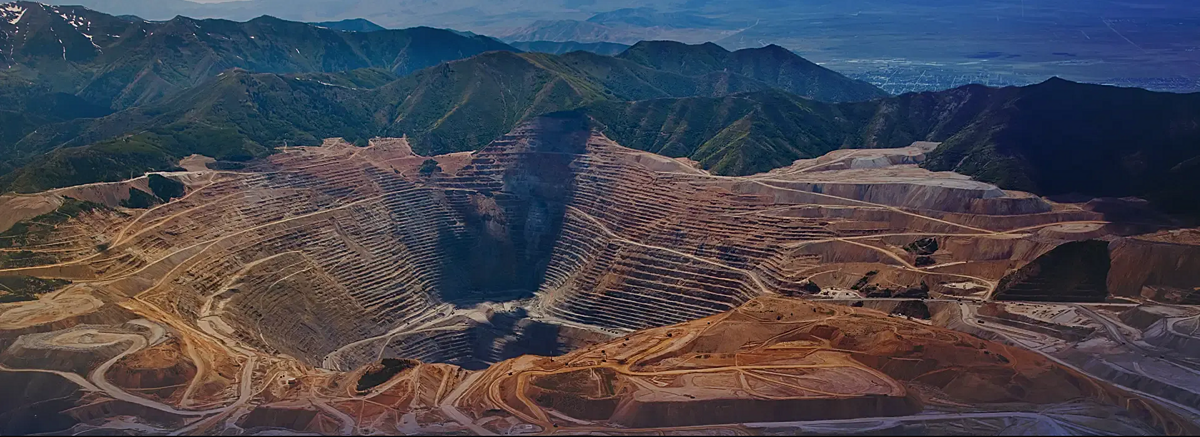In 2015 the UN adopted a new set of aspirations for the next 15 years; the Sustainable Development Goals (SDGs). The UN defines 17 SDGs, which are broken down into 169 targets, for outlining an agenda for nations, NGOs and business leaders. These goals are intended to end poverty, protect the planet, and ensure prosperity.
It is good to see some mining companies are already driving SDGs. However, others are still considering this. Most of the mining companies start to map these 17 SDGs to mining content in order to cover social, economic and environmental sustainability. Other mining companies use corporate social responsibility (CSR) reports as an item to check on their compliance checklist. Generally most mining companies unfortunately wouldn’t gain much value added in running social, economic and environmental initiatives in support of the SDGs for the following reasons:
The lack of a clearly articulated sustainability strategy; no idea where to start
Complexity, and a lack of priority, focus, and deliverable milestones
Limited ambition, and a limited budget
A lack of leaders in the organization, who are not brave enough to go the extra mile
The lack of talented or motivated people in the organization
A lack of cross-business activity and communication
The absence of business and senior leadership in sustainability strategies, formulation, and execution
Poor change control and lag
A lack of skills and expertise to realize the sustainability strategies
Two initiatives that help to drive the UN SDGs in mining are now further discussed.
Circular economy in mining
Apple has installed Liam, a line of robots that can quickly disassemble iPhone 6. Apple claims that with two Liam lines up and running, they can take apart up to 2.4 million phones a year. These types of recycling mechanisms can be used in other industries such as manufacturing, automotive, building and construction, chemicals and plastics. However, you need to modify your plant infrastructure to enable these capabilities. Even though there are upfront costs involved with building these capabilities, it pays off in the end.
This raises the question; what would happen if other giant companies similar to Apple were to prioritize recycling and stop buying minerals from mining companies?
Apple is one business model which could be followed by mining companies to drive concepts of circular economy, and to use secondary materials by re-smelting them. This would help to protect our environment by preventing the stacking of unwanted waste in waste yards.
Figure 1 shows the mining value chain of a mining company that is driven by linear economy and circular economy. Having a recycling plant in a mine site would help to manage day to day waste that is generated in mining operations.
Here are some of the quick wins that help to make an impact as a result of driving the circular economy in mining; recycling old tires from mining trucks & dozers, recycling waste lubricants, using mine waste for backfilling, refurbishing and recycling mining equipment. In the future, mining companies will be able to leverage 3D printing and additive manufacturing methods to reduce excess waste in production during mining operations.
Renewable energy in mining
There is a big push from the mining industry towards renewable energy for many reasons. Energy usually accounts for 33% of a mine’s operating costs. Therefore, a rapid fall in the cost of solar and wind power would be highly lucrative if a mining business were to use renewables. Not only that, the stability of renewable energy, which would reduce exposure to volatile diesel prices, is another reason why renewables are becoming popular in the mining sector. Most importantly, powering renewable energy sources in mining would help to reduce CO2 emissions to mitigate against the effects on climate change, reduce emissions from blasting explosive and diesel-powered generators, and help to minimize the carbon footprint and carbon tax payments. Finally, renewable energy predominately helps to drive SDG7 (affordable and clean energy) and SDG13 (climate action) under the UN SDGs. In short, there is a huge demand for renewables in the mining sector due to such things as cost reduction, environmentally friendly considerations and reliable power sources. Energy companies will help and support mining companies to facilitate this huge demand by having lucrative business models, such as investing in co-investor, build-own-operate-transfer and off-take agreement models. Here is what mining CEOs have to say about renewable energy in mining.
“We are working on increasing our use of renewables at all of our operations at competitive prices.” (Iván Arriagada, Antofagasta CEO); “The use of solar energy will reduce Essakane’s carbon emissions by 255,000 tonnes over 15 years, will save on energy costs and will be our legacy long after we are gone, as the community will be left with a low-cost power source.” (Stephen Letwin, CEO of IAMGOLD).
My prediction is that in the next decade, the mining industry will focus on reaching zero greenhouse gas emissions and will be heavily involved in driving the UN defined sustainable development goals (SDGs).
In conclusion, driving concepts of a circular economy and renewable energy would positively impact on the sustainable development goals (SDGs) defined by the UN. Concepts of circular economy and use of renewables can be applied to any organization thinking about how to manage its own waste, how to build a recycling unit, and how to use green-power sources. Driving these concepts would be a step towards a greener economy and a better environment for the next generation.
About the author:
Kash Sirinanda has a doctorate in mine planning and optimisation from the University of Melbourne, Australia. During his PhD studies and post-doctoral work at the University, Kash developed algorithms for generating designs that maximise the NPV of a mining operation. That work provides the basis for software that assists mine planners to design more profitable mines. Kash was also a visiting scholar at the Colorado School of Mines, USA.
He has worked on various mining projects which include due diligence, operation, analytics, optimisation and digital in different commodities around the globe. He is a keynote speaker and provides mining leaders with strategic direction, and visionary leadership.
Kash´s vision is to engage, partner, and collaborate with leaders and decision makers to transform a business into a best-in-class, advanced digital and sustainable-enabled competency company.
Founder of www.mineconnector.com & www.elitefuturists.com
This article is bought to you by www.secondchanceevents.com Mining Towards 2030, Applying the United Nations SDG’s to Mining
Reference
https://www.ft.com/content/b3b7fe4a-a5fc-11e8-a1b6-f368d365bf0e
http://worldcongress.energyandmines.com/files/Feature-Article-x-4-v3-ia-opt.pdf

